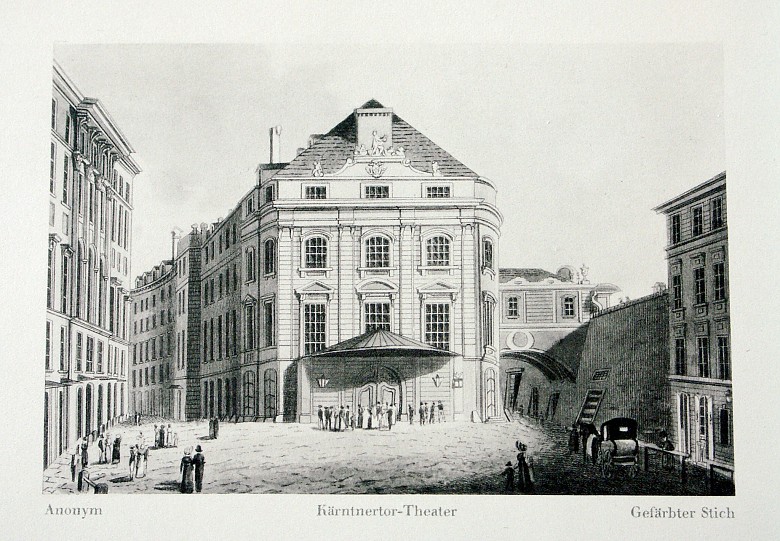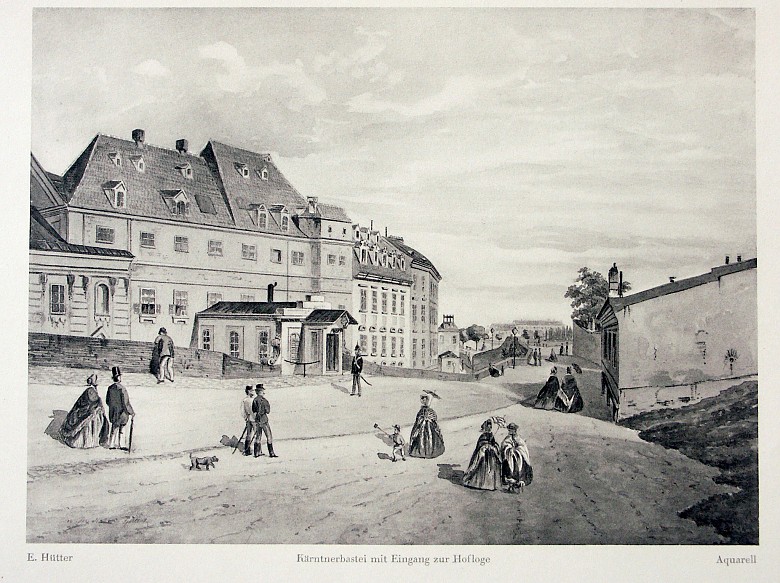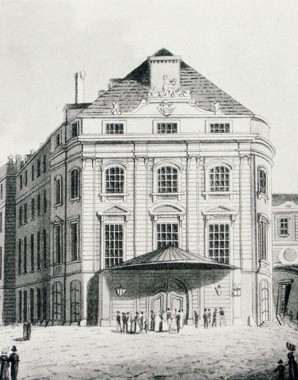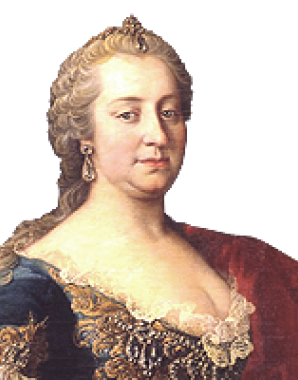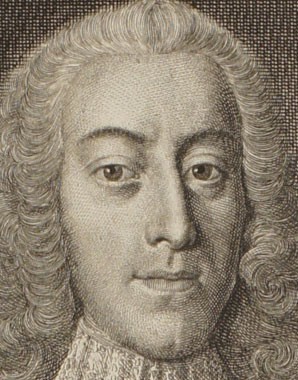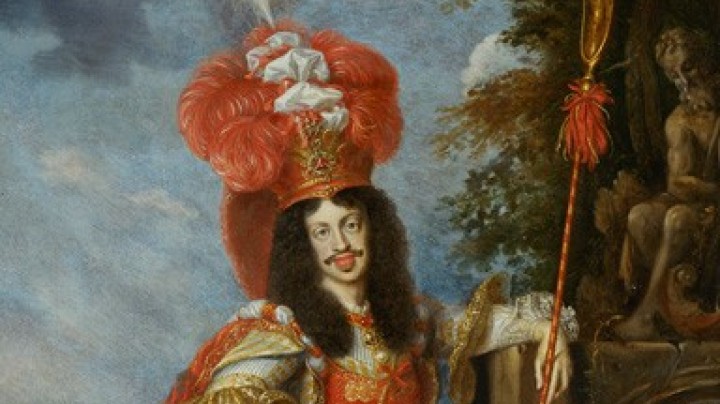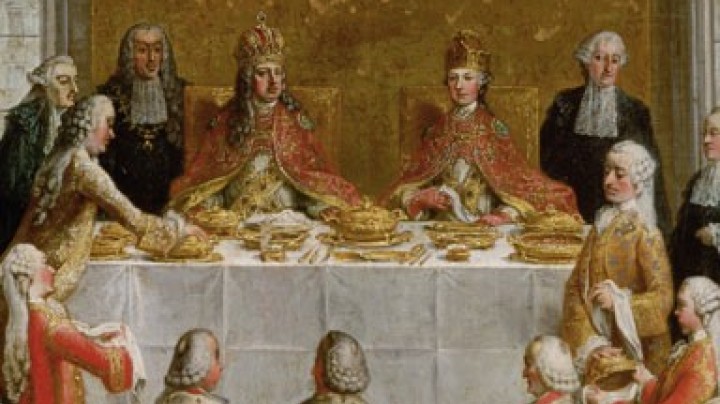A traffic obstruction: the Kärntnertortheater
The theatre boom in the Habsburg Empire during the eighteenth century spawned numerous new theatres – albeit not always of the size desired by the Empress.
In 1709 the ‘Theater nächst dem Kärnthnertor’ was built, more or less on the site of the present-day Hotel Sacher, near one of the old gates into the inner city. Originally intended to be a forum for German-language drama, Emperor Joseph I initially ordered that preference be given to Italian operas, then a form of entertainment reserved for the elite. From 1711 a considerable broadening of the programme attracted audiences from all strata of Viennese society. Here figures such as the beloved Hanswurst performed their comic antics.
Erected by order of Maria Theresa in 1748, a passage from the ramparts led over the old city walls directly to the Imperial loge.
In 1761 the Kärntnertortheater burned down. Maria Theresa had ambitious plans: the old theatre was to be replaced by a large stage for German and French drama, the site being enlarged by the incorporation of part of the adjacent Bürgerspital. However, the city authorities frustrated these plans, and so a new, slightly larger Kärntnertortheater was constructed by the court architect Nicolaus Pacassi ‘on the old site at the expense of their Supreme Majesties’. The city authorities had sold the site and the burn-out ruins to the Court. In 1763 it opened its doors again as the Imperial Court Theatre. According to the diaries of Prince Johann Joseph Khevenhüller-Metsch, the head of Maria Theresa’s Court Household, the imperial family regularly attended performances of German-language plays at the Kärntnertortheater, where they had their own loge.
As space around the theatre was very limited due to the narrow lanes and its location on the city bastion, ‘parking regulations’ were issued for the horse-drawn vehicles of those attending a performance, limiting them to halting in rows two deep.
It was not only in the imperial capital but also in the cities of the Austrian Hereditary Lands, in Bohemia, Hungary and Lombardy-Venetia that a vibrant theatrical culture flourished. Established theatres were joined – in particular after the ending of the Court monopoly on theatre in 1776 – by smaller theatres, touring companies, amateur performances and fairground spectacles that reached a wide audience. Social and economic barriers meant that the large theatres remained closed to the great mass of the population. Here the divide between elite and popular culture was particularly clear.
